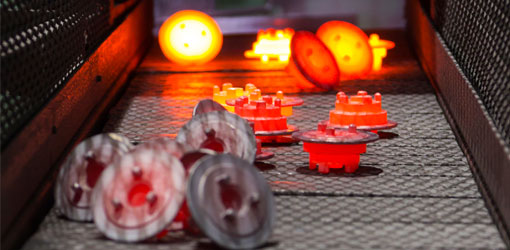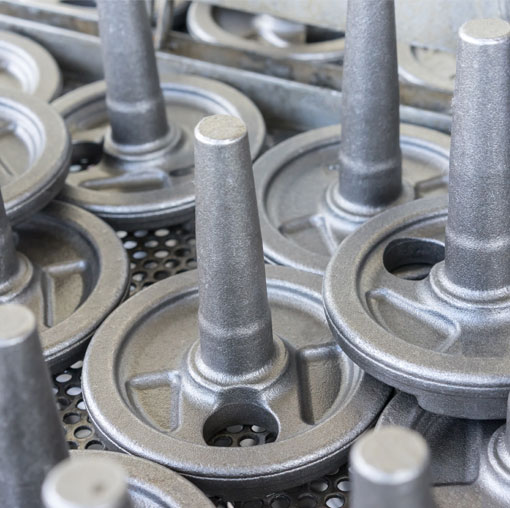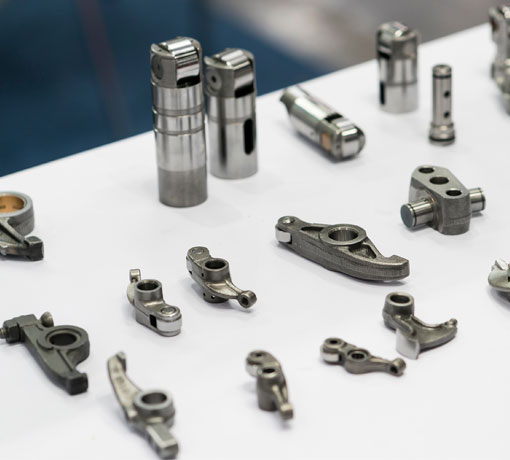There are two distinct types of stainless steel: hot forged 921 and hot rolled steel. Each has its own advantages and disadvantages, which we'll explore in this article
Hot Forged 92
In the case of hot forged 921, the metal is heated until it is malleable, then pressurized under high pressure to form a sheet or strip. The resulting sheet can be formed into different shapes using dies and molds. This process is known as cold forming and allows for fast production at low costs. However, this process typically results in flimsy materials that are not very corrosion resistant due to their thin nature
Hot Rolled Stee
In the case of hot rolled steel, the metal is heated in furnaces until it becomes malleable; however, it may not reach the desired temperature (1100~C) before being cooled down with water or oil to prevent it from oxidizing further. After cooling down, the material is cut into sheets and then undergoes further processing such as heat treating to improve its strength and durability. Hot rolled steel has many advantages over cold formed products such as higher strength-to-weight ratios and better corrosion resistance due to its thicker layer structure compared with cold formed products
hot metal vs forged 921








